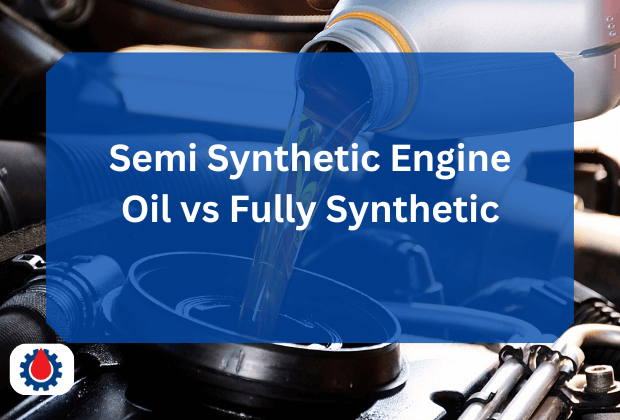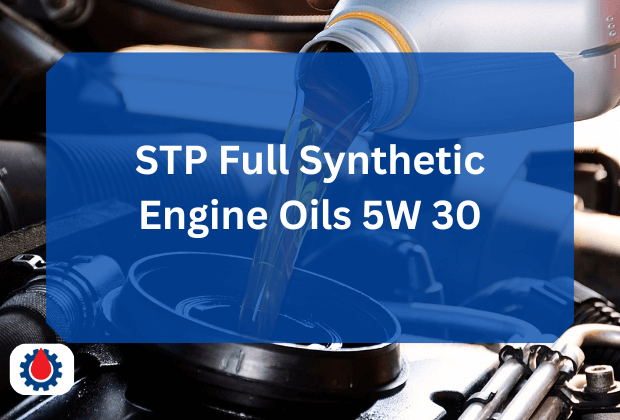When it comes to maintaining a diesel engine, choosing the right engine oil is non-negotiable. One of the most crucial tools in this process is understanding the diesel engine oil grades chart.
This chart helps fleet managers, DIY mechanics, and diesel vehicle owners choose the ideal oil grade for their engines, offering optimal protection, efficiency, and longevity.
In this detailed post guide, we’ll explain the most common oil grades, decipher the codes’ meanings, and provide a structured table that simplifies your decision-making process. Let’s jump in.
Diesel Engine Oil Grades Chart
| Oil Grade | Viscosity (Cold/Hot) | Temperature Range | Typical Use Case | Fuel Economy | Common Vehicle Types |
|---|---|---|---|---|---|
| 5W-30 | Thin (Cold), Medium (Hot) | -30°C to 35°C | Light-duty diesel engines, fuel-efficient | High | Pickup trucks, compact diesel cars |
| 10W-30 | Medium (Cold), Medium | -20°C to 40°C | Light to medium-duty engines | Medium | Vans, light trucks |
| 15W-40 | Thick (Cold & Hot) | -15°C to 45°C | Industry-standard for heavy-duty engines | Moderate | Trucks, buses, agricultural machinery |
| 20W-50 | Very Thick | 0°C to 50°C | Older engines or engines with wear | Low | Off-road vehicles, vintage diesel cars |
| 0W-40 | Very Thin (Cold), Medium | -40°C to 40°C | High-performance engines, cold climates | High | Luxury SUVs, sports diesel engines |
| 10W-40 | Medium (Cold), Thick | -20°C to 45°C | High-mileage engines | Moderate | Diesel sedans, utility vehicles |
| SAE 30 | Single grade (Hot only) | Above 5°C | Stationary engines, warm climate usage | Low | Generators, lawn tractors |
Related Diesel Engine Oil Temperature Chart(Comprehensive Guide)
What Are Diesel Engine Oil Grades?
Diesel engine oil grades refer to classifications based on viscosity and performance standards. These grades are standardized by organizations such as the Society of Automotive Engineers (SAE) and the American Petroleum Institute (API).
Oil grade essentially describes how thick or thin the oil is under different temperature conditions.
Viscosity is the key factor, it determines the oil’s ability to flow at certain temperatures. The grade is represented in an “XXW-YY” format like 15W-40, where:
- “15W” = Cold weather viscosity (Winter rating)
- “40” = Hot temperature viscosity (Operating temperature)
How to Read Diesel Oil Grade Codes
Understanding diesel engine oil grade codes like 15W-40 involves dissecting the meaning of each component:
- “W” Stands for Winter: Indicates the oil’s flow at low temperatures.
- First Number (before W): Reflects cold start performance; lower numbers mean better flow in winter.
- Second Number (after W): Refers to the oil’s viscosity at high temperatures; higher numbers mean the oil stays thicker under heat.
Example:
- 10W-30 oil performs well in moderately cold conditions and maintains good thickness at engine running temperatures.
Related Diesel Engine Oil Additives(Benefits & Top Oil Additives)
SAE vs. API Classifications
While the SAE defines viscosity, the API provides a performance rating. API categories include:
- CJ-4: Used in engines with emission control systems.
- CK-4: Replaces CJ-4, and offers improved wear protection.
- FA-4: For newer engines requiring low viscosity oils.
Pro Tip: Always match both SAE and API specs as per your engine manufacturer’s recommendations.
Matching Oil Grade to Climate
Selecting the right oil grade based on your local climate ensures the engine runs smoothly and reduces wear.
| Climate Type | Recommended Oil Grade |
|---|---|
| Very Cold (-30°C to -10°C) | 0W-40, 5W-30 |
| Cold to Mild (-10°C to 10°C) | 10W-30, 10W-40 |
| Mild to Warm (10°C to 30°C) | 15W-40, 10W-40 |
| Hot Climates (Above 30°C) | 20W-50, SAE 30 |
Related Normal Oil Pressure for Diesel Engines(Norma Pressure Range)
Choosing the Right Diesel Engine Oil Grade
When choosing oil, consider the following:
- Engine Design: Turbocharged, high-performance, or older engines need specific oils.
- Mileage: High-mileage engines benefit from thicker oils like 15W-40 or 20W-50.
- Usage: Towing, hauling, or commercial driving demands robust oils with higher viscosity.
- Manufacturer’s Manual: Always check for the OEM-recommended oil grade and API standard.
Common Diesel Oil Additives and Their Benefits
Modern diesel engine oils come with additives that enhance performance:
| Additive | Purpose |
|---|---|
| Detergents | Keep engine clean by removing deposits |
| Dispersants | Prevent sludge formation |
| Anti-Wear Agents | Reduce metal-to-metal contact |
| Viscosity Modifiers | Help maintain optimal thickness across temperatures |
| Anti-Foaming Agents | Reduce oil foaming under high RPM |
Related Engine Oil Grades Chart(Grade A to Z Guide)
Synthetic vs. Conventional Diesel Engine Oils
| Feature | Synthetic Oil | Conventional Oil |
|---|---|---|
| Price | Higher | Lower |
| Performance in Cold | Excellent | Average |
| Engine Cleanliness | Superior | Moderate |
| Oil Change Interval | Longer (10,000-15,000 km) | Shorter (5,000-7,000 km) |
| Ideal For | High-tech and turbo engines | Older or standard engines |
Synthetic oils like 0W-40 or 5W-30 are excellent for extreme climates and better engine protection, while conventional oils like SAE 30 are suitable for simpler engines or short-term use.
Oil Change Intervals Based on Oil Grade
| Oil Grade | Oil Change Interval |
|---|---|
| 5W-30 | Every 10,000 – 15,000 km |
| 10W-30 | Every 8,000 – 12,000 km |
| 15W-40 | Every 7,000 – 10,000 km |
| 20W-50 | Every 5,000 – 8,000 km |
| SAE 30 | Every 3,000 – 5,000 km |
Related Engine Oil Comparison Chart(Which Brand Takes the Crown)
Final word
The diesel engine oil grades chart is more than just numbers, it’s a roadmap to extending your diesel engine’s life and ensuring peak performance. Choosing the right diesel engine oil grade saves money on repairs, boosts fuel efficiency, and keeps your engine running like new.




